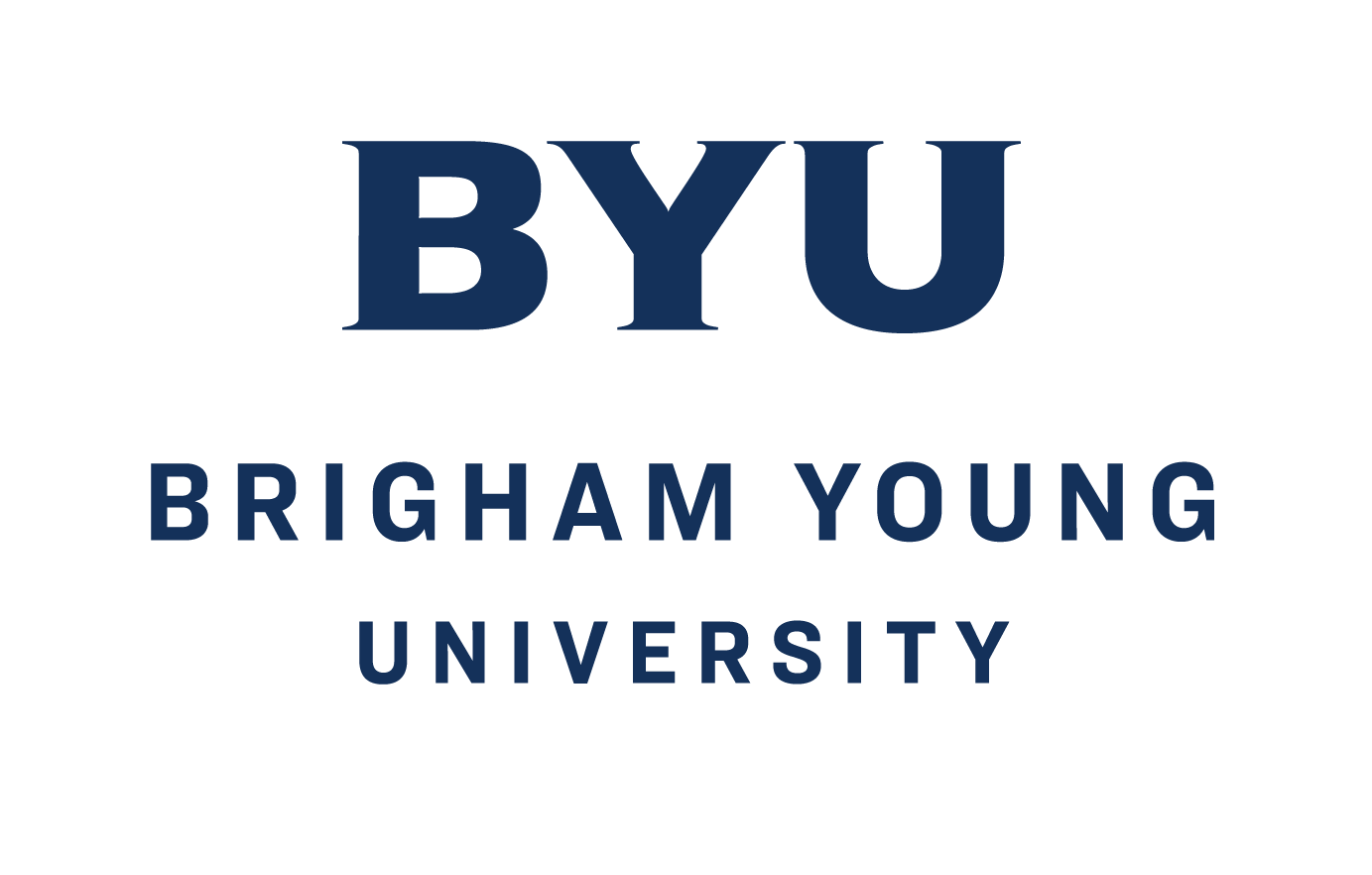By Matt Hodge
Salt Lake City Mayor Rocky Anderson spoke at Utah Valley State College''s Environmental Ethics Awareness week Tuesday, Apr. 4, 2006, about his city''s environmental initiatives and the dangers of global warming.
The Salt Lake City Green program aims to improve the environment and educate the public about what they can do to help.
Anderson said one of his main concerns is global warming, though some wonder why a mayor would focus on such a large-scale issue.
'Every local community on the face of the planet is going to be impacted ,' he said.
Anderson went over various statistics that demonstrate a warming trend across the world. For example, he said the 20th century''s 10 warmest years occurred in its last 15 years, and 2005 went down as the warmest year on record. About 20 percent of the northern polar ice cap had melted by 2003. The mayor said that among other things, he is concerned about the impact of global warming on Utah''s ski industry.
Heat waves have accounted for more deaths in the United States than all other weather-related deaths combined. In 2003, about 15,000 people in France died from extreme heat.
As part of the Salt Lake City Green program, the city has set a goal of reducing emissions by 21 percent from the 2000 levels by 2012. Carbon monoxide was reduced by 22,970 tons from 2002 to 2004. As of 2005, 76 percent of the 21-percent goal had already been reached, creating optimism about the future of Salt Lake City air quality.
'On beautiful, smog-free days, Salt Lake City is stunning,' Anderson said.
Better air quality does more than create a more scenic environment; it improves public health. Mayor Anderson said more than 1 million people die every year from problems caused by air pollution.
Anderson said he now drives a car that runs off of natural gas he fills up with at his own home. Meanwhile, city vehicles have switched from sport utility vehicles and other gas-guzzlers to more fuel-efficient vehicles. A recent bill allows fuel-efficient vehicles to park for free in Salt Lake City.
Anderson jokingly told the audience that if they get pulled over by a hybrid police car, they should at least congratulate the officer on their clean vehicle.
In order to promote walking as an alternative to driving, Salt Lake City introduced orange flags for pedestrians to hold as they used crosswalks. The city also added countdown timers and in-pavement lighting at crosswalks. These kinds of changes led to Salt Lake City''s 2004 ranking as the most improved city for pedestrian safety.
The Salt Lake City Green program also designates environmentally and economically sustainable businesses as 'e2 businesses.' These e2 businesses are rewarded with perks like free or reduced cost advertising, free consultation with city staff experts and an e2 display logo meant to attract environmentally minded customers. Salt Lake City currently has 38 e2 businesses.
The city has also seen an 87 percent increase in materials recycled since free recycling bins were given to residents in 2001.
Anderson also spoke about the challenges the city faced when trying to implement the light rail system. He said although the 'tremendous opposition' was very vocal and adamant, supporters of the light rail were able to overcome this.
'People stuck to their guns,' he said. 'They faced the opposition.'
While the light rail is credited with reducing traffic, pollution and accidents, it has drawn praise for other reasons as well.
'Light rail has given Salt Lake City a new kind of ambience. It feels like a real city,' said David Keller, director of the UVSC Center for the Study of Ethics.
Keller added that people who visit Salt Lake City ride the light rail just for fun.
Anderson said everyone must provide leadership and empower others in order to bring about positive changes in the environment.
'We have the means to make a real, positive difference,' he said.
